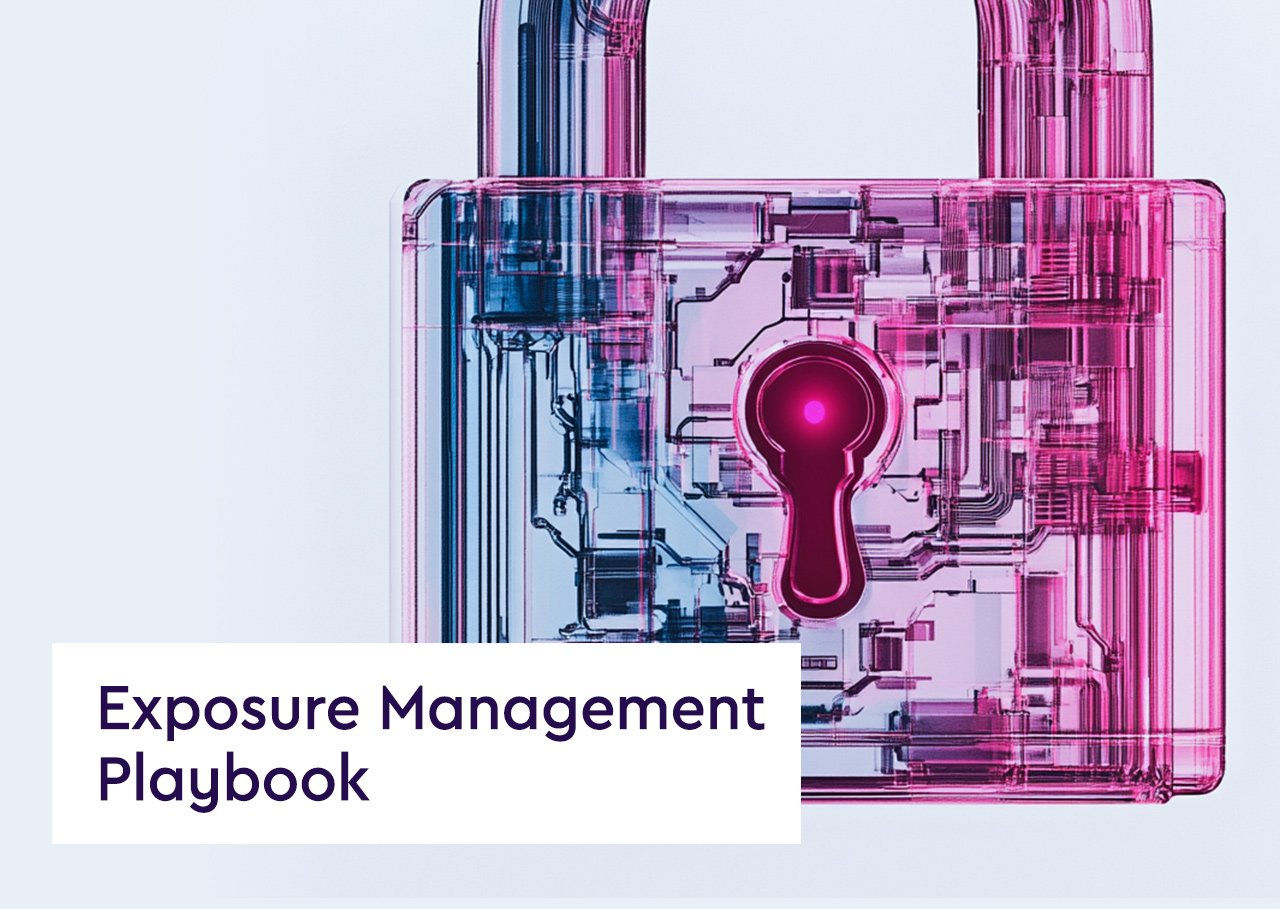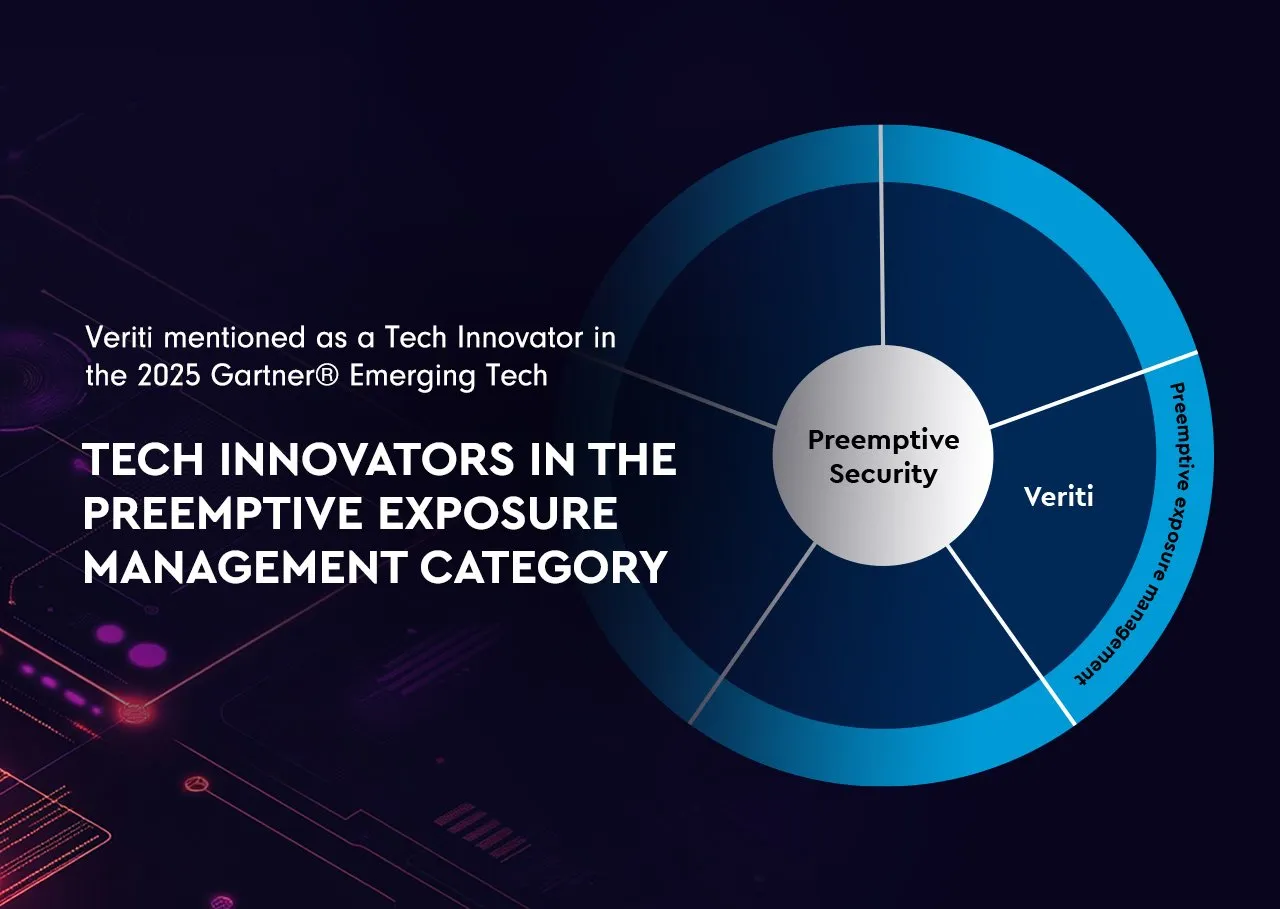Definition: Virtual Patching is a security technique used to protect against vulnerabilities within software or an operating system that cannot be immediately patched in the traditional manner. This method involves deploying a security policy or rule—typically through an intrusion prevention system (IPS) or a web application firewall (WAF)—that effectively reduces the risk of exploitation of a known vulnerability. Virtual patching is often used as an interim measure until a permanent patch can be applied.
Evolving Virtual Patching with Veriti
Traditional virtual patching often focuses on applying temporary rules at the perimeter, but modern environments require a more adaptive, real time approach. Veriti transforms virtual patching by combining automated vulnerability remediation with continuous exposure assessment across on-prem, cloud, and hybrid environments. By correlating vulnerabilities with compensating controls, threat intelligence, and business context, Veriti ensures that every virtual patch is deployed where it has the highest impact, with zero business disruption.
Key Aspects of Virtual Patching:
- Rapid Response to Vulnerabilities: Provides an immediate protective measure against newly discovered vulnerabilities.
- Reduced Window of Exposure: Minimizes the time systems are vulnerable between the discovery of a security flaw and the availability of a traditional patch.
- Flexibility: Offers a solution for legacy systems or third-party applications where traditional patching is not feasible.
- Compliance: Assists in maintaining compliance with security standards by safeguarding against known vulnerabilities.
Virtual Patching with Full Security Context
Veriti’s platform aggregates data from vulnerability scanners, EDR, WAF, CNAPPs, and patch management tools, providing a complete view of each exposure and its potential impact. Vulnerabilities are prioritized based on exploitability, affected assets, and available compensating controls, ensuring the right remediations, including virtual patches, are applied quickly and safely.
Virtual patching is not applied in isolation. Veriti automatically correlates vulnerabilities to the relevant MITRE techniques, identifies whether compensating controls are available across your security stack, and verifies every action’s business impact before applying a fix.
Importance of Virtual Patching:
- Protection Against Zero-Day Attacks: Offers protection against exploits targeting newly discovered, unpatched vulnerabilities.
- Operational Continuity: Enables continued operation of systems without the need for immediate, potentially disruptive patching processes.
- Cost-Effective Security Measure: Provides a cost-effective alternative to frequent software updates or upgrades, especially for legacy systems.
Veriti’s Virtual Patching in action gives security teams:
- Real-time visibility into virtual patching coverage across the entire estate.
- A clear breakdown of vulnerabilities that can be virtually patched, alongside those requiring permanent fixes.
- Cost savings and labor reductions tied directly to virtual patching efforts.
This ensures virtual patching is not just a temporary band-aid, but part of a continuous, proactive risk reduction strategy.
Best Practices for Virtual Patching:
- Regular Vulnerability Assessment: Continuously monitor and assess the IT environment for new vulnerabilities.
- Comprehensive Testing: Ensure that virtual patches do not adversely affect system functionality or performance.
- Integration with Overall Security Strategy: Use virtual patching as a component of a broader cybersecurity strategy, not as a standalone solution.
- Timely Application of Permanent Patches: Implement permanent patches as soon as they are available and feasible.
Virtual Patching is a valuable tool in the cybersecurity arsenal, providing a rapid and flexible response to emerging threats and vulnerabilities. While it is an effective interim measure, it should be complemented with traditional patching and a comprehensive security strategy to ensure robust protection against cyber threats.




